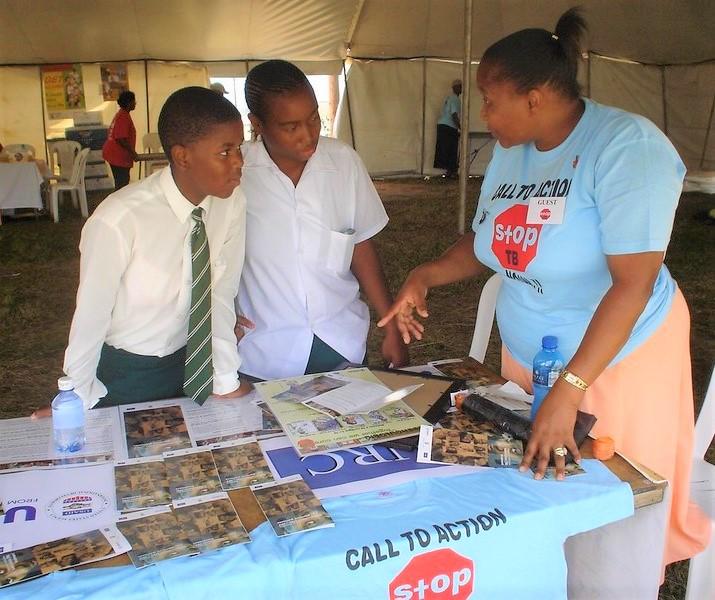Cases of multisystem inflammatory syndrome (MIS-C), a rare but serious COVID-19 complication in children, have decreased from the earlier pandemic months but continue to be reported, the Centers for Disease Control and Prevention (CDC) reported today in Morbidity and Mortality Weekly Report (MMWR).

The CDC saw a relative increase in MIS-C cases in the fall of 2023, when the United States was experiencing a rise in COVID activity in the general population. Of 117 MIS-C cases reported in 2023, half involved intensive care unit (ICU) care. Of 112 kids with MIS-C who were eligible for immunization with COVID vaccine, 92 (82%) were unvaccinated. And, of 20 vaccinated children, 60% had waned immunity at the time of their MIS-C illness.
"COVID-19 vaccination remains important for preventing MIS-C," the CDC said. Incidence of the condition peaked in late 2020 and early 2021. The condition typically occurs 2 to 6 weeks after COVID infection.
MIS-C causes different body parts to become inflamed, including the heart, lungs, kidneys, brain, skin, eyes, and gastrointestinal tract. Though the condition can be serious or fatal, most children recover after medical care.











